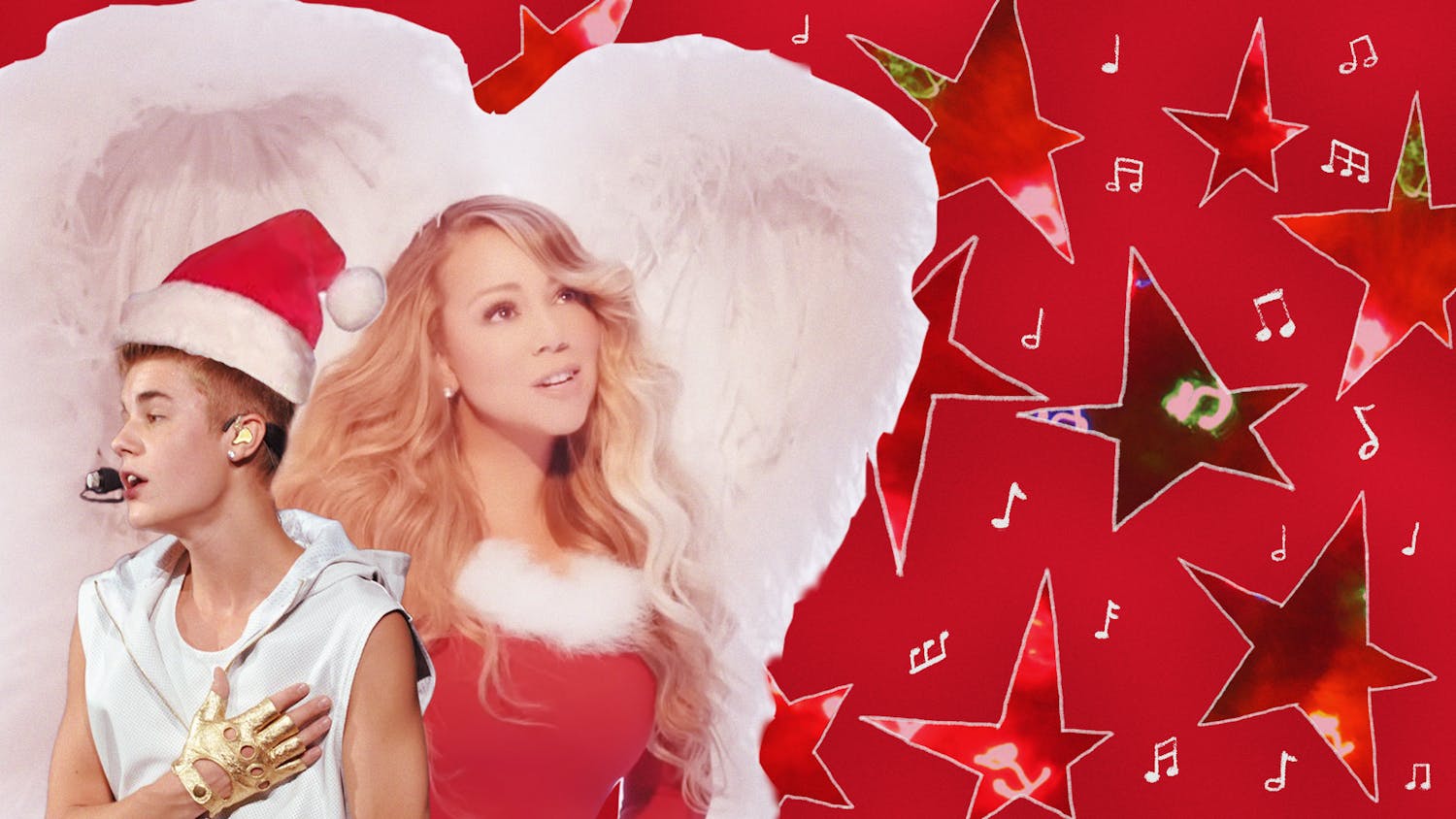Let’s be real: your knowledge of dance music is likely quite limited. You’ve surely rocked out to “World, Hold On” at a downtown and maybe even have a Benny Benassi track on your workout playlist. Or maybe not. Don't worry, we’ve assembled a comprehensive guide to a few of our favorite dance music genres.
House
History: House developed in the underground club scene of 1980s Chicago and at the end of the same decade in the UK. Influences: Disco, soul and pop. The Sound: House is often hard to distinguish from other genres, but its unifying feature is a kickdrum on every beat. It also frequently features live instruments, like the horns on the Josh Guru Project’s “Infinity.” Like “Infinity,” many house songs also prominently feature vocals. The overall effect is part synthetic, part live — pretty much what you could make in your basement with a drum machine and a mic (though we don’t advise this). Key Tracks: For a blast from the past, check out “It’s House” by Chip E. This is widely considered one of the earliest house songs, though it sounds very little like the popular house tracks of today. To see how far the genre’s come, listen to “I Remember” by Deadmau5 and Kasade.
Techno
History: Surprisingly, techno didn’t grow out of the European club scene; it hails from mid-'80s Detroit. Four high school kids started making music that deliberately rejected the Motown music they had grown up with. Seriously. Years later, the Belleville Three and Eddie Fowlkes are considered the founding fathers of techno music. Influences: Funk and early house. The Sound: Whereas house strives to sound at least partially live, techno is as synthesized as could be. It’s very percussive — you’d know the pounding basslines anywhere — and occasionally features vocals. Key Tracks: One of the earliest popular techno songs was “Clear” by Cybotron. You might recognize the beat from Missy Elliott’s “Lose Control,” in which it was prominently sampled. “Coloured City” by Laurent Garnier is a modern track that is sure to guarantee a fist-pumpingly good time.
Electro
History: Electro also grew out of house music, albeit a bit differently from techno; artists started experimenting with talk boxes (think early Auto-Tune) and harder-hitting beats. Influences: House, pop and hip hop. The Sound: Early electro employed drum machines and both vocal and instrumental sampling to make beats. The genre of modern electro is itself a bit of a mash-up; songs often use pop song structures, feature rapping and employ the aggressively synthesized melodies of techno. Key Tracks: Check out “Planet Rock” by Afrika Bambaataa; not only is it one of the first electro tracks, but it’s among the most sampled songs ever. To hear just how far electro has come, listen to anything by LMFAO — “La La La” and their remix of Kanye West’s “Paranoid” nearly defy genre classification.
Trance
History: Trance is a relatively new genre — it developed in Germany in the early 1990s. Composer Klaus Schulze released two experimental CDs of what he dubbed “space music,” and the rest is history. Influences: Trance draws on the musical structures of house and techno but also relies heavily on ambient music as well. The Sound: Trance’s name gives it away — songs in this genre are meant to be hypnotic and melodic. They tend to be faster than techno and house songs, but are often loaded with reverb and delay effects. In short, trance is relaxing and mesmerizing at its best and trippy at its worst. Key Tracks: Tiesto is undoubtedly the most popular artist to come out of the trance genre and has expanded its boundaries into pop and house territory. His single “I Will Be Here” showcases the best features of trance music while still retaining mainstream appeal. “Tell Me Why (The Riddle)” by Paul Van Dyk is another classic trance song that managed to garner major radio play and popularity.






